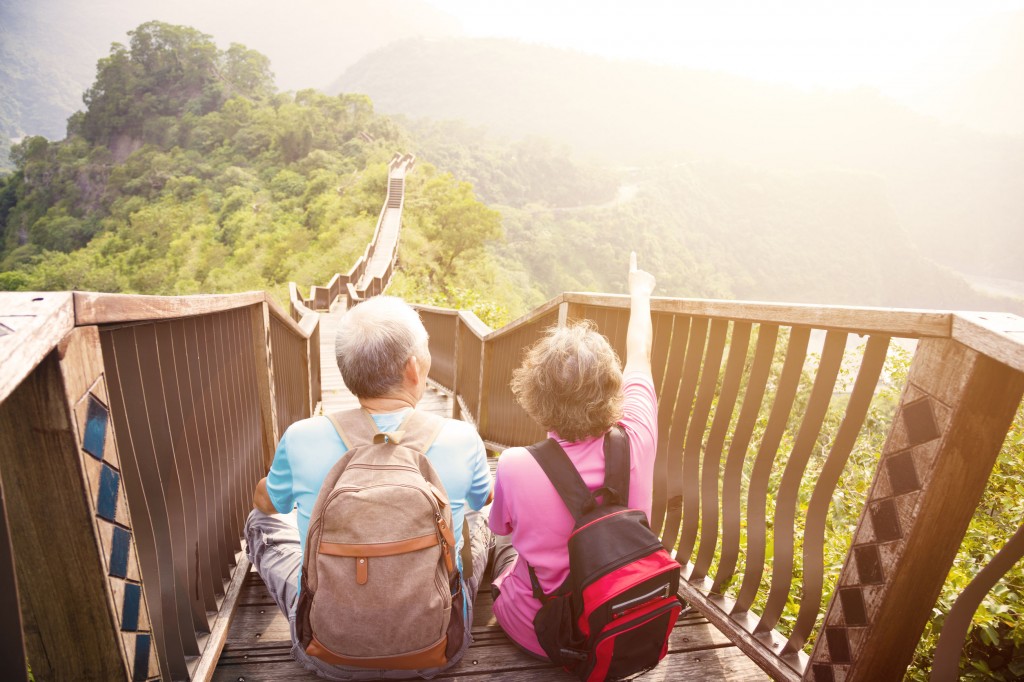
During the same period, travelers in their 70s increased by 73.8 percent at Hana Tour, while those in their 80s increased by 119.7 percent, and in their 90s, by 65.4 percent. (image: KobizMedia/ Korea Bizwire)
SEOUL, Sept. 20 (Korea Bizwire) – The number of elderly travelers vacationing overseas is steadily increasing as the Korean population starts to age.
According to Hana Tour, among the country’s leading travel agencies, the number of overseas travelers in their 60s during the first half of 2016 was 175,000, a 71.5 percent increase from 110,000 in H1 2012. They also represented 16.4 percent of Hana Tour’s vacationers in H1, which was an increase from 14.6 percent in H1 2012.
Among the travelers in their 60s, Southeast Asia was the most popular travel location, accounting for 32.4 percent of all vacationers in this age group in contrast to 2012, when China led the category (39.4 percent).
The regions that increased the most since 2012 in terms of demand from travelers in their 60s were Japan (165.2 percent) and Europe (78.8 percent). Both regions were particularly popular among women in their 60s. The ratio between men and women traveling to Japan was 39.7 to 60.3, whereas for Europe, it was 41.1 to 58.9.
“Japan was the most popular country for short-distance travel, while European countries were preferred for long-distance holidays (for those in their 60s),” said a Hana Tour official.
During the same period, travelers in their 70s increased by 73.8 percent at Hana Tour, while those in their 80s increased by 119.7 percent, and in their 90s, by 65.4 percent.
In 2015, those aged 65 years and older accounted for 13.1 percent (6.62 million) of all Koreans. The figure is expected to rise to 40 percent by the year 2060.
By Lina Jang (linajang@koreabizwire.com)






